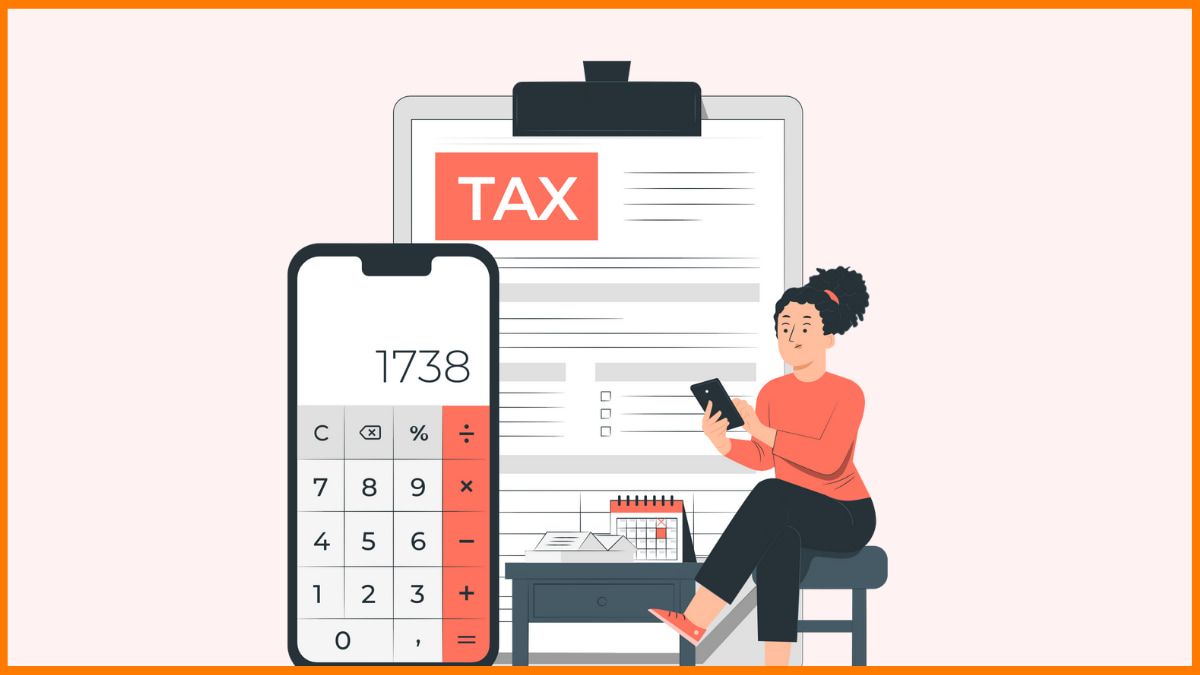How to Reduce Tax on Salary Without Relying on Section 80C Investments?
✍️ Opinions
This article has been contributed by CA Manish Mishra, Founder of GenZCFO.
Tax planning for most salaried individuals begins and ends with investments under Section 80C- Provident Fund, ELSS, Life Insurance, and PPF. But how about in the case of a salaried person for whom this ₹1.5 lakh limit has already been exhausted under 80C limits? Or, what if you are willing to explore some smarter ways to reduce tax liability without locking up funds into long-term investment schemes? The good news is that beyond 80C, tax planning begins, and with some smart structuring, one can whimsically optimize salary components, claim deductions, and minimize taxable income. Here's how.
1. Choose the Right Tax Regime
The first step before dwelling on deductions is to choose between the Old Tax Regime and the New Tax Regime. The New Tax Regime pegged lower rates but took away exemptions like HRA, LTA, 80D, and 80C, while the Old Regime allows one to claim deductions but has a higher tax rate. If you have very few deductions, the New Regime may be a good option. However, if your salary structure includes a House Rent Allowance, Leave Travel Allowance, medical insurance, or education loan benefits, you may save more tax with the Old Regime.
2. Maximize HRA (House Rent Allowance) Exemption
The HRA exemption under Section 10(13A) is one of the most effective means of reducing one's taxable salary. Tax benefits can be claimed to a significant extent if you live in a rented house and are receiving HRA from your employer.
An exemption is determined based on actual rent paid, your salary, and the city you live in: in metro cities, like Delhi, Mumbai, and Bangalore, it's 50% of your basic salary, and in non-metro cities, it is 40%.
In case, however, your employer has not provided HRA, you may still claim the rent deduction as per Section 80GG up to ₹60,000 within a financial year.
3. Use the Standard Deduction
Regardless of the tax regime you choose, every salaried individual is eligible for a ₹50,000 standard deduction. Unlike other exemptions, this doesn’t require any proof or investment—it’s an automatic benefit that lowers taxable income.
4. Reduce Taxable Income with Employer’s NPS Contribution
People usually think of the National Pension System concerning 80C, but there's another great tax-saving option under Section 80CCD(2). When the employer contributes to NPS, that will provide another powerful tax deduction of up to 10% of the basic salary (14% for government employees). This deduction will be in addition to the limits of 80C, so it is a great way to reduce taxable income with no additional financial burden.
5. Claim Deductions on Health Insurance (Section 80D)
The deduction primarily depends upon the policies taken: The health insurance premium, if it is in your name, covers you, your spouse, and dependent children; a deduction of a premium of ₹ 25,000 is available. The amount goes up to ₹ 50,000 if you are treating your senior citizen parents under the policy. And if that applies to you and your parents being seniors, a tax deduction of up to ₹ 1,00,000 will be considered.
6. Leverage Leave Travel Allowance (LTA) for Tax-Free Travel
You can claim tax exemption on domestic travel expenses through an LTA if your company has one; the LTA can be claimed for yourself and your family. However, this benefit can only be claimed twice in a block of four years, and it is restricted to travel expenses alone, meaning food and lodging bills do not qualify for it at all. An LTA is very handy for any employee who loves to travel within India, as it offers a great opportunity to lower taxable income while enjoying a vacation.

7. Save Tax on Interest Income
Interest accrued on a savings account is taxable, but Section 80TTA allows individuals below the age of 60 to claim a deduction of ₹10,000 on the interest income earned from it.
For senior citizens, in contrast to this, Section 80TTB allows a very high deduction of ₹50,000 on interest earned from fixed deposits and savings accounts.
8. Optimize Salary Components for Maximum Tax Benefits
One of the best means to save on taxation is to ensure that the structure of your salary contains tax-efficient components. Rather than receiving all your remuneration as taxable salary, ask your employer to restructure the package whereby Meal vouchers (a company like Sodexo) are tax-free up to ₹2,400 a month. Gift vouchers – tax-free up to ₹5,000 over one financial year. Telephone and internet reimbursements – tax-free when provided by the employer. These minor adjustments can reduce the tax being paid during the year by Full Earnings.
9. Invest in a Voluntary Provident Fund (VPF) for Additional Tax-Free Savings
If contributions under 80C have already been exhausted and yet one wants to secure tax-free guarantees of returns, then maybe one can think of increasing contributions into Voluntary Provident Funds or VPFs. Active members would stand to benefit greatly if they contribute above and beyond the regular mandatory deductions. The rate of interest remains constant and at par with the Employee Provident Fund's (EPF) current rate of about 8%, with tax benefits going all the way up to ₹2.5 lakh earmarked every year completely tax-free. This remains a low-risk, tax-efficient savings option worth considering.
10. Deduct Education Loan Interest (Section 80E)
Section 80E provides for a 100% deduction of the interest paid on an education loan; there's no cap on such deductions, and the benefit can be availed for eight years from the date of payment of the loan.
This would particularly benefit professionals who take student loans for higher education abroad, where interest rates could be rather steep.
Smart Tax Planning Beyond 80C
Reducing tax liability doesn’t always mean locking money into long-term schemes under Section 80C. By structuring your salary wisely and taking advantage of deductions under Sections 80D, 80E, 80TTA, and 80GG, you can legally reduce taxable income while maintaining financial flexibility.
To summarize, here’s how you can minimize taxes without relying on 80C:
- Choose the right tax regime based on deductions.
- Claim HRA if living in a rented home.
- Utilize the ₹50,000 standard deduction.
- Maximize NPS contributions (Section 80CCD(2)) for additional tax savings.
- Deduct medical insurance premiums under Section 80D.
- Use LTA benefits for tax-free travel.
- Reduce tax on interest income under 80TTA/80TTB
- Optimize salary components with meal cards, vouchers, and reimbursements.
- Invest in VPF for higher tax-free returns.
- Claim deductions on education loan interest (80E).
With proper tax planning, you can significantly reduce tax outflow while increasing savings and investment opportunities. Smart tax-saving strategies don’t just reduce your taxable income—they also improve your overall financial health.

Must have tools for startups - Recommended by StartupTalky
- Convert Visitors into Leads- SeizeLead
- Website Builder SquareSpace
- Manage your business Smoothly Google Business Suite






